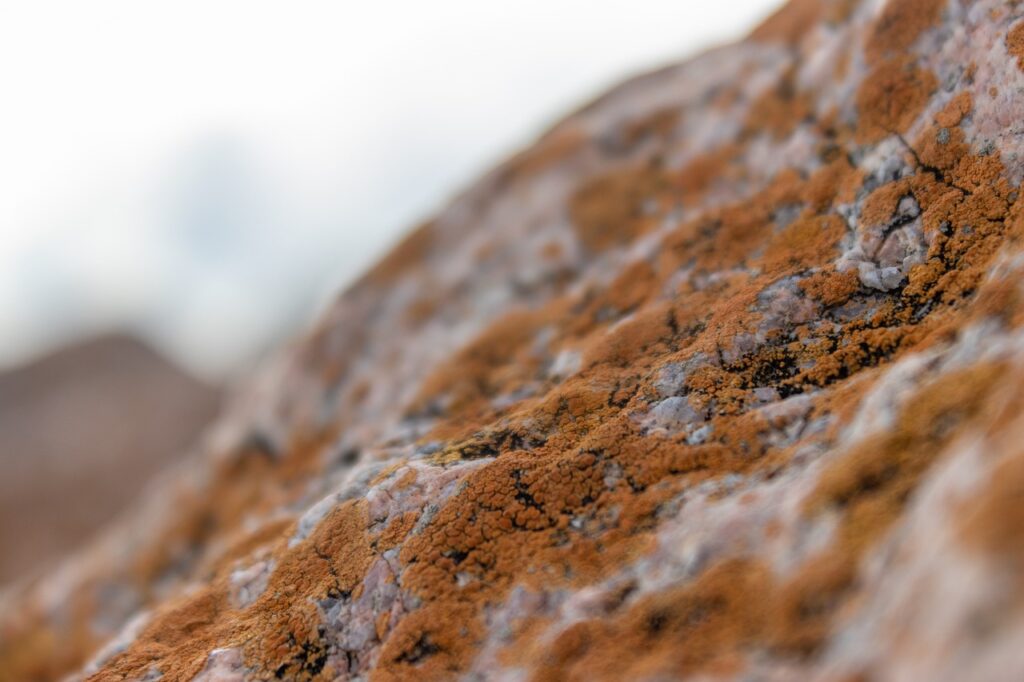What Is a Ponadiza?
A ponadiza is typically an overhanging element that projects beyond a building’s wall line. Think of it as a builtin canopy or ledge that may be used to protect a window, entrance, balcony, or even to define space without enclosing it. It’s often seen in Mediterranean, Middle Eastern, and even contemporary minimalist designs.
This architectural trick doesn’t just float for style. It helps with sun control, reduces heat gain, and blocks rain from key areas. But more than that, it builds identity—distinguishing a facade, framing a space, or adding depth to what might otherwise be a blank wall.
Practical Benefits of Ponadiza Elements
Let’s be clear—ponadiza isn’t just for show. One of the biggest advantages is its ability to enhance comfort inside a building. By casting shadows on windows, it cuts down on direct sun exposure. That means cooler indoor temperatures and less strain on air conditioning.
Here’s what else it offers:
Weather Buffer: Rain? No problem. A smartly placed ponadiza acts as a natural splashguard. Material Protection: It shields doors, windows and even signage from exposure, extending their lifespan. Space Optimization: Need to define a semioutdoor area or covered walkway? This kind of projection creates that hybrid space—half in, half out—without complex modifications.
Designing With Ponadiza in Mind
Good design means striking the balance between intent and utility. When incorporating a ponadiza, designers typically consider:
Direction and Sun Orientation: South and westfacing surfaces benefit most from shading. Height and Projection Depth: The farther it juts out, the more area it can shield—but too much and it becomes dead weight. Material Choice: Lightweight metals, precast concrete, timber, or even laminated glass are common, depending on the look you’re going for.
Simplicity counts. A subtle line can be as effective as a bold gesture. Don’t just slap on an overhang and call it a solution. Make sure it works where you place it.
Ponadiza in Various Architectural Styles
Across the globe, ponadiza elements show up under different names and forms.
In Japanese architecture, deep eaves serve the same function while reinforcing minimalist harmony. In Middle Eastern structures, mashrabiya designs act as intricate, patterned ponadiza solutions offering privacy and airflow. Modernist buildings favor clean, horizontal cantilevers—often using reinforced concrete to extend roofs or upper floors in a floating effect.
Whether traditional or modern, the core concept remains unchanged. Control the environment. Elevate the aesthetic.
Common Mistakes to Avoid With Ponadiza
Using a ponadiza doesn’t guarantee better design. Here’s where people go wrong:
Overuse or Mismatch: Slapping a huge overhang on a small structure throws off proportions fast. Poor Integration: If the materials and lines don’t connect with the rest of the structure, it just looks bolted on. Wrong Angles or Placement: An illplaced ponadiza can actually trap heat or block desired sunlight during winter months.
Design can’t be an afterthought. If you want form and function to support each other, tie the ponadiza with the rest of the architectural language from day one.
How Builders and Homeowners View It
Builders love it because it’s relatively simple to execute and adds instant value—both in curb appeal and in energy performance. Homeowners, on the other hand, are often unaware of the term “ponadiza,” but they instinctively appreciate what it does. Shade, style, and solid returnoncomfort? Hard to ignore.
Forwardthinking builders are starting to treat it not just as an optional addon, but as a guiding element in shaping a facade.
Environmental Impact and Sustainability
The humble ponadiza also plays nicely with green design goals. By reducing solar gain, it lessens the need for internal cooling. Less cooling equals less energy consumption, which contributes to a lower carbon footprint.
Go further by using recycled or sustainable materials like bamboo, reclaimed wood, or even solarintegrated surfaces to double down on energy efficiency and environmental stewardship.
In passive solar houses, fixed ponadiza placements help finetune seasonal sunlight: blocking harsh summer sun, allowing in lowangle winter rays. Smart stuff, when done right.
Ponadiza: A Visual Signature
At the end of the day, a ponadiza isn’t just a piece of projecting wood or concrete—it’s a visual statement. And like any signature, it either completes the composition or muddies the waters. Done right, it creates depth, contrast, and identity.
You’ve probably walked under one today without giving it a second thought. Next time, look up. There it is—shading your path, defining a doorway, adding dimension to a flat surface.
That’s not an accident. That’s design with intent.
Final Thoughts
When it comes to form meeting function, the ponadiza delivers on both fronts. It’s minimal where it can be, expressive when needed, and always grounded in purpose. Whether you’re renovating a home, sketching an office, or eyeing innovation in sustainable building—consider the power of this overhanging form. Not just for its looks, but for the smart, efficient work it pulls off every day.
Don’t underestimate the silent impact of a wellplaced ponadiza. It’s not just part of the wall—it’s part of the experience.
